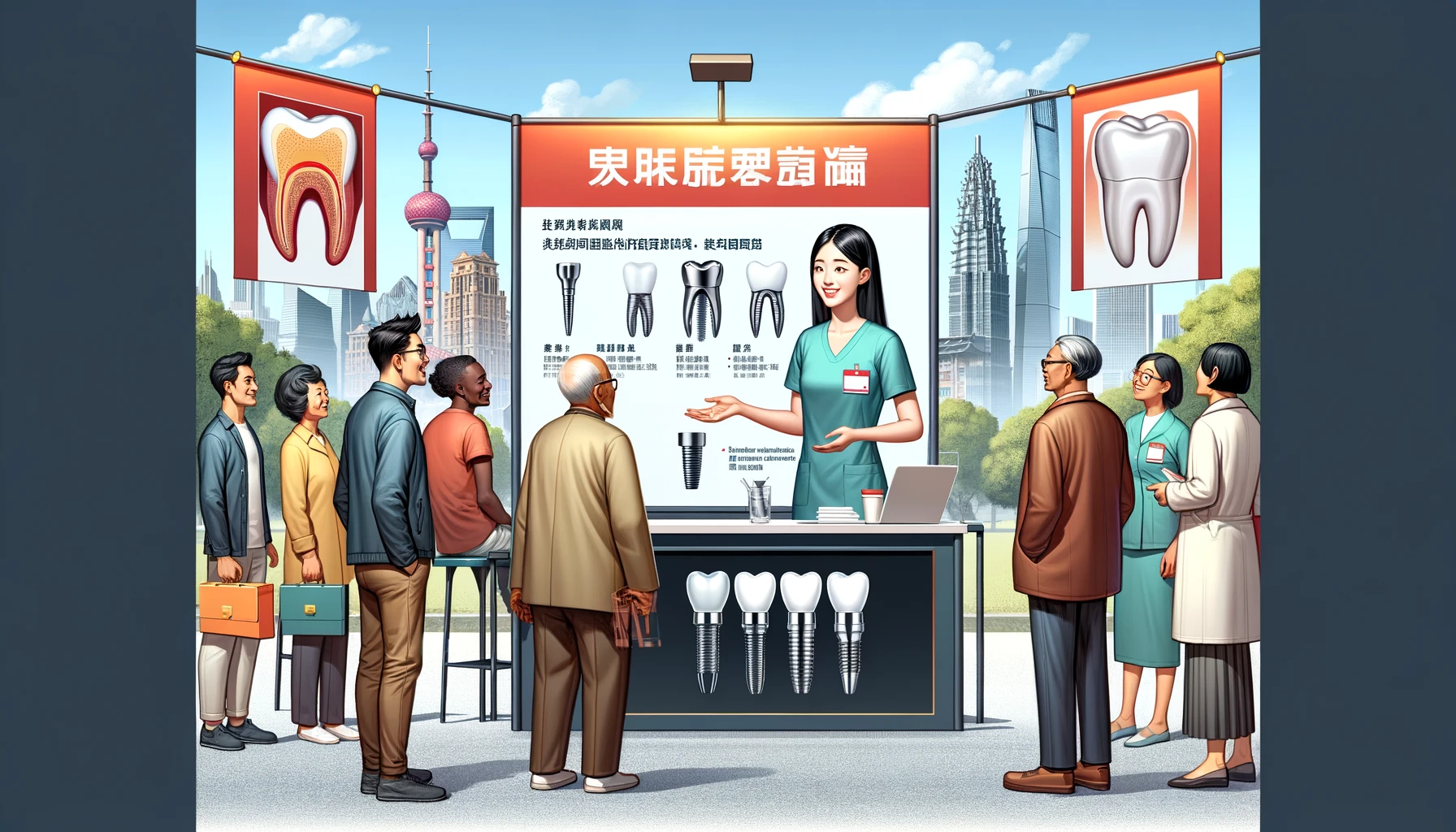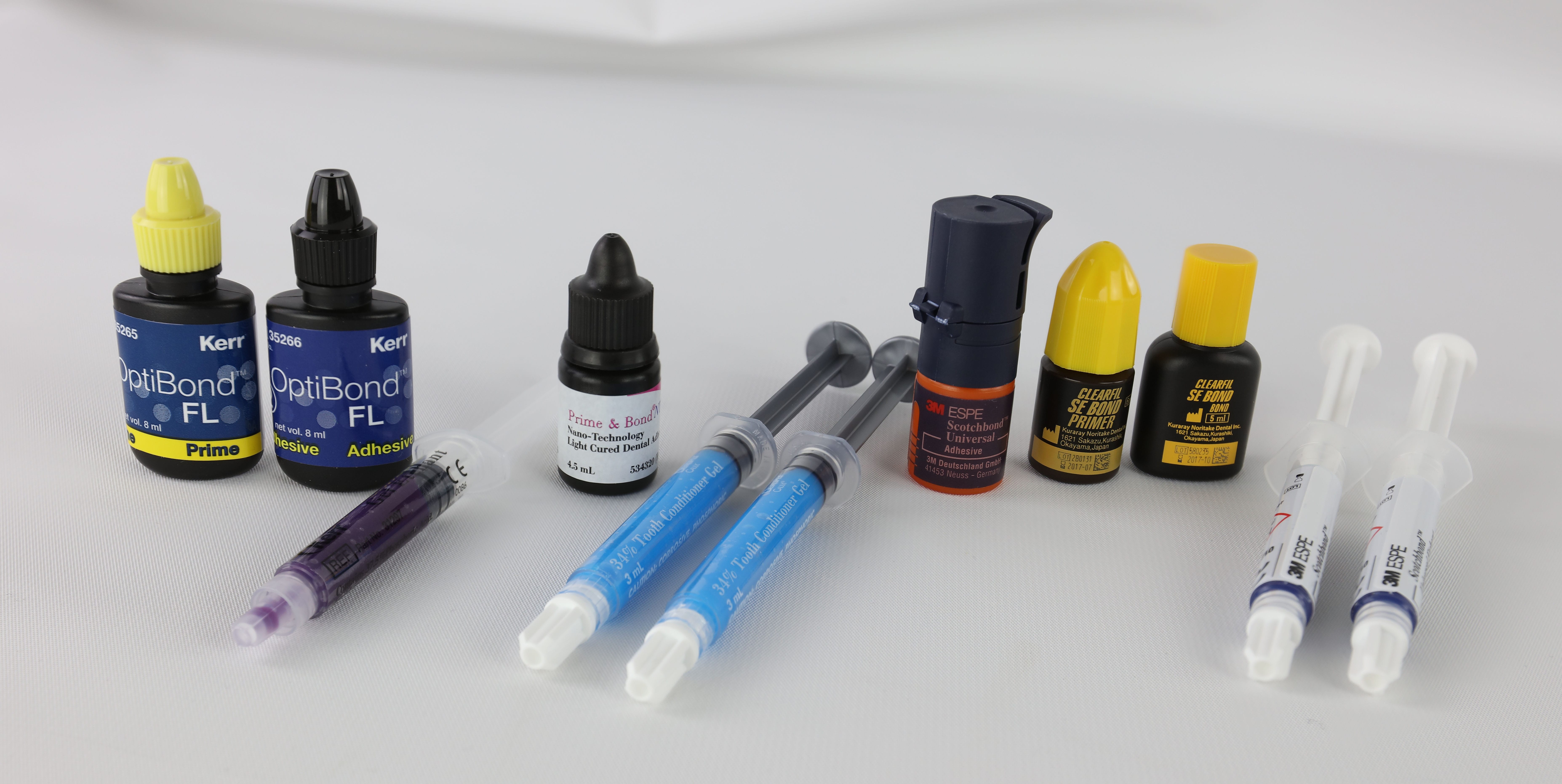A dental chair is the centerpiece of your practice—a symbol of comfort and care for your patients, and an essential tool for you and your team. But beyond the sticker price lies a web of costs that can significantly impact your bottom line over the lifespan of this crucial piece of equipment. Understanding the true cost of a dental chair involves factoring in not just the initial purchase price, but also ongoing maintenance, potential repairs, and hidden expenses that can easily catch you off guard. This comprehensive guide will equip you with the knowledge to make informed decisions, maximize the value of your investment, and future-proof your practice for years to come.

Factors Influencing Dental Chair Prices
Why do dental chair prices vary so widely? The cost of a dental chair is impacted by a multitude of factors, ranging from basic functionality to advanced features that can transform your practice. Here are the key elements that contribute to the price tag:
Type and Functionality: Basic chairs offer essential features for routine procedures, while high-end models boast cutting-edge technology for specialized treatments. For example, a basic dental chair suitable for general dentistry might cost between $2,000 to $5,000, while a fully-equipped chair with advanced features for specialized procedures could range from $7,000 to $20,000 or more.
Brand Reputation: Established brands often command premium prices due to their reputation for quality, reliability, and after-sales service. Well-known brands like A-dec, Sirona, or KaVo typically fall on the higher end of the price spectrum.
Materials and Construction: Durable materials like stainless steel and high-quality upholstery contribute to longevity and elevate the price. Chairs with premium materials and robust construction may cost 20-30% more than standard models.
Customization Options: Tailoring a chair to your specific needs with color, upholstery, and accessories comes at an additional cost. Custom features can add anywhere from a few hundred to several thousand dollars to the base price.
Country of Origin: Manufacturing location can influence cost due to variations in labor, material, and shipping expenses. Chairs manufactured in countries with lower production costs may be priced more competitively, but it’s essential to consider quality and after-sales support.
For example, a dentist specializing in endodontics might require a chair with a microscope mount and integrated endodontic functions, which will naturally be more expensive than a basic model used for general dentistry. These specialized chairs can cost upwards of $15,000 to $25,000.
Unpacking the Initial Purchase Cost
Navigating the initial purchase involves more than just the chair itself. Here’s a breakdown of the key cost components:
- Dental Chair Unit: This includes the patient chair, the doctor’s stool, the delivery system, and the hydraulic base. The chair unit typically accounts for 70-80% of the total initial cost.
- Installation: Professional installation is crucial to ensure safety and proper functionality. Installation costs can range from $500 to $2,000, depending on the complexity of the setup and your location.
- Delivery: Shipping costs can fluctuate based on the chair’s size, weight, and distance traveled. Expect to pay between $200 to $1,000 for delivery, with international shipping potentially costing more.
- Training: Some manufacturers provide training on chair operation and maintenance, which might involve additional fees. Training costs can range from complimentary sessions to $500 or more for comprehensive on-site training.
The Ongoing Expenses: Maintenance and Repairs
Maintaining a dental chair isn’t a one-time event; it requires ongoing attention and investment to ensure longevity and optimal performance. Consider these crucial aspects:
Regular Cleaning and Disinfection: Daily cleaning is paramount for infection control and preventing the buildup of debris. Implement a strict cleaning protocol using manufacturer-approved disinfectants to protect both patients and equipment.
Periodic Inspections: Schedule professional inspections at least annually to identify potential problems early on and prevent costly breakdowns. These inspections typically cost between $200 to $500 but can save thousands in potential repair costs.
Preventive Maintenance: Following a manufacturer-recommended maintenance schedule can significantly extend the chair’s lifespan. This may include:
- Lubricating moving parts every 3-6 months
- Checking and adjusting hydraulic fluid levels annually
- Replacing worn upholstery every 5-7 years
- Updating software for chairs with digital components
Repairs: Even with meticulous care, parts may wear out over time, requiring professional repairs by qualified technicians. Common repairs and their approximate costs include:
- Replacing hydraulic cylinders: $500 – $1,500
- Repairing or replacing control boards: $300 – $1,000
- Fixing or replacing foot controls: $200 – $600
Importance of Waterline Maintenance: Waterlines harbor bacteria that can pose a risk to patients. Regular waterline cleaning is crucial for infection control and preventing costly repairs. Implement a daily flushing protocol and use EPA-approved waterline treatments to maintain water quality.
Maximizing Long-Term Value: Strategies for Dentists
Making strategic decisions and implementing proactive measures can significantly extend the lifespan of your dental chair and enhance its long-term value. Consider these strategies:
Invest in Quality: Opting for a reputable brand with a track record of durability can minimize repair costs over time. While the initial investment may be higher, quality chairs often have lower total ownership costs over their lifespan.
Comprehensive Warranty: A solid warranty offers protection against unexpected defects and malfunctions, reducing financial strain. Look for warranties that cover at least 5 years for major components and consider extended warranty options for high-end chairs.
Regular Staff Training: Educating your team on proper chair operation, cleaning protocols, and basic troubleshooting can prevent avoidable wear and tear. Implement a training program for new staff and conduct refresher courses annually.
Patient Education: Educating patients on the importance of using the chair gently and avoiding sudden movements minimizes wear and tear. Consider creating simple, friendly signage or verbal instructions to guide patients on proper chair use.
Refurbishment Options: Explore the possibility of refurbishing older chairs to extend their lifespan. Reputable companies offer services that include reupholstering, replacing worn parts, and updating features, potentially saving 40-60% compared to purchasing a new chair.
Hidden Costs and Overlooked Considerations
Beyond the obvious expenses, certain hidden costs can sneak up on unsuspecting dentists. It’s essential to factor these considerations into your overall cost assessment:
Patient Comfort: A comfortable chair can significantly enhance patient experience, leading to positive reviews and improved practice reputation, but this comfort often comes at a higher price point. Consider the long-term benefits of patient satisfaction when evaluating chair options.
Practice Workflow: The chair’s design and features impact the efficiency of your team and the smoothness of procedures. A well-designed chair can save valuable time during patient transitions and procedures, potentially increasing the number of patients you can see in a day.
Accessibility Features: Dental chairs that accommodate patients with disabilities expand your patient base and enhance your practice’s reputation for inclusivity. While chairs with advanced accessibility features may cost more initially, they can lead to increased patient retention and referrals.
Infection Control and Hygiene: A chair designed for easy cleaning and disinfection is critical for preventing infection transmission and maintaining a safe environment for both patients and staff. Chairs with seamless upholstery and easily accessible components may cost more but can save time and reduce the risk of cross-contamination.
Future-Proofing Your Investment: Technology and Adaptability
The world of dentistry is constantly evolving. To avoid costly upgrades or premature replacements, consider these factors for future-proofing your dental chair investment:
Technological Compatibility: A chair with open architecture allows for easy integration of future technologies, such as digital sensors, intraoral cameras, or 3D imaging systems. Look for chairs that offer USB ports, data connectivity, and the ability to add new modules as technology advances.
Modular Design: A modular system lets you upgrade specific components as needed, rather than replacing the entire chair. This can result in significant cost savings over time and allows you to stay current with technological advancements.
Software Updates: Chairs with software-driven features benefit from updates that enhance functionality and performance over time. Ensure the manufacturer offers regular software updates and has a track record of supporting older models.
Sustainability Considerations: Explore eco-friendly chairs made with recyclable components or energy-efficient features to minimize your practice’s environmental impact. While these chairs may have a higher upfront cost, they can lead to long-term savings in energy consumption and align with growing patient preferences for environmentally conscious practices.
Conclusion
Investing in a dental chair is a significant decision for any practice. While the initial purchase price might seem daunting, understanding the true cost involves factoring in the long-term expenses associated with maintenance, repairs, and potential upgrades. By taking a holistic approach, prioritizing quality, and implementing strategic maintenance practices, dentists can maximize the lifespan of their chairs, ensure patient comfort, and future-proof their practices for years to come.
Remember, the cheapest option isn’t always the most cost-effective in the long run. Consider the total cost of ownership, including maintenance, repairs, and potential upgrades, when making your decision. By investing wisely and maintaining your equipment diligently, you can create a comfortable, efficient, and technologically advanced practice that stands the test of time.














